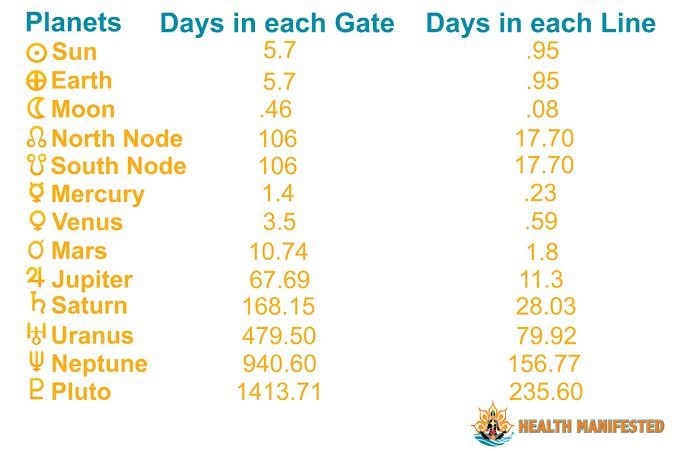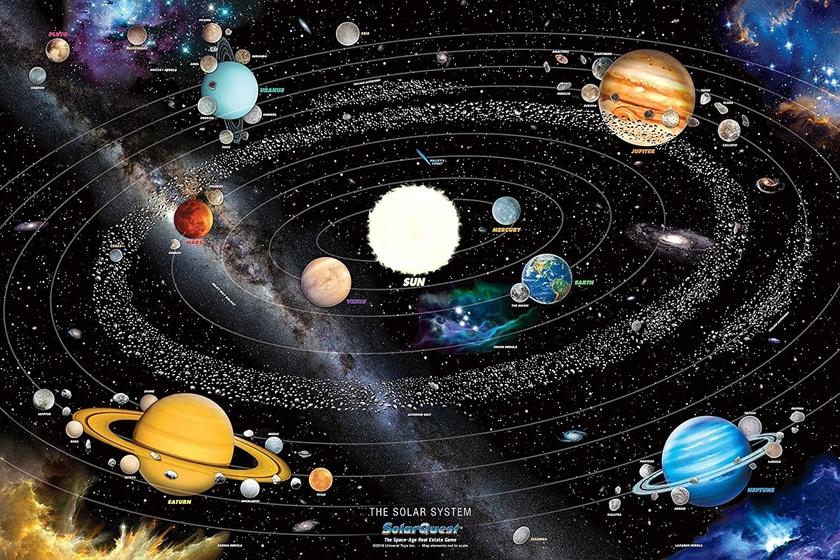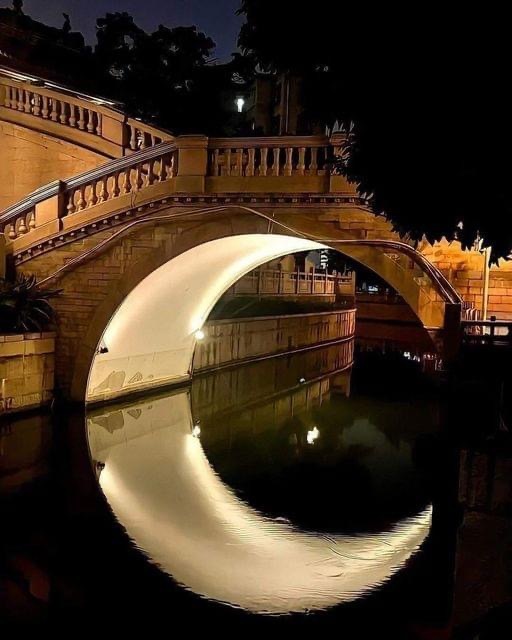“As long as I've been conscious of the concept of what love is, and throughout my process of dealing with people and listening to their stories, there's something that emerges that is so obvious, and it emerges all the time. I can see it almost everywhere.
What emerges is that one partner always loves the other partner more. It's one of the oldest stories in love. It's a story you see all the time.
It leads to all of that, "Why don't you love me as much as I love you?" and on, and on, and on. But it's one of the most common things in love. It's one of the most common things in partnerships. It's one of the most common things.
Along with that, because it does exist, because it's a reality, come all the prejudices in the way in which the maia confuses and distorts things, in the way the not-self looks at things.
You see, if you're correct, where you will find love is where love is correct in you, the mechanisms for love that are correct in you. We're a totality; there are all kinds of variations.
There are people who will know nothing but this deep, empty yearning, because their gates of love are in open centers and it seems like it's always the other and they're always totally absorbed, and they get lost in them, and then love is taken away and they go through this deep pain. It's everything.
The moment that you can see love for what it is, you can really be with someone. I mean you can really be with somebody.
It's not like you're being with somebody who's a potential that you're going to work on, that maybe this will get better or that will change, and so on.
You can really be with someone because the love is correct.
It's like everything else about Design. Design is here to strip away the generalizations that torture us, that we somehow have to be exactly the way Hollywood does it, or whatever.
Each of us is unique in our capacity for love, and we all have it.
The moment that you're living out your nature, you get to experience your capacity for love. That's something very special.”



















